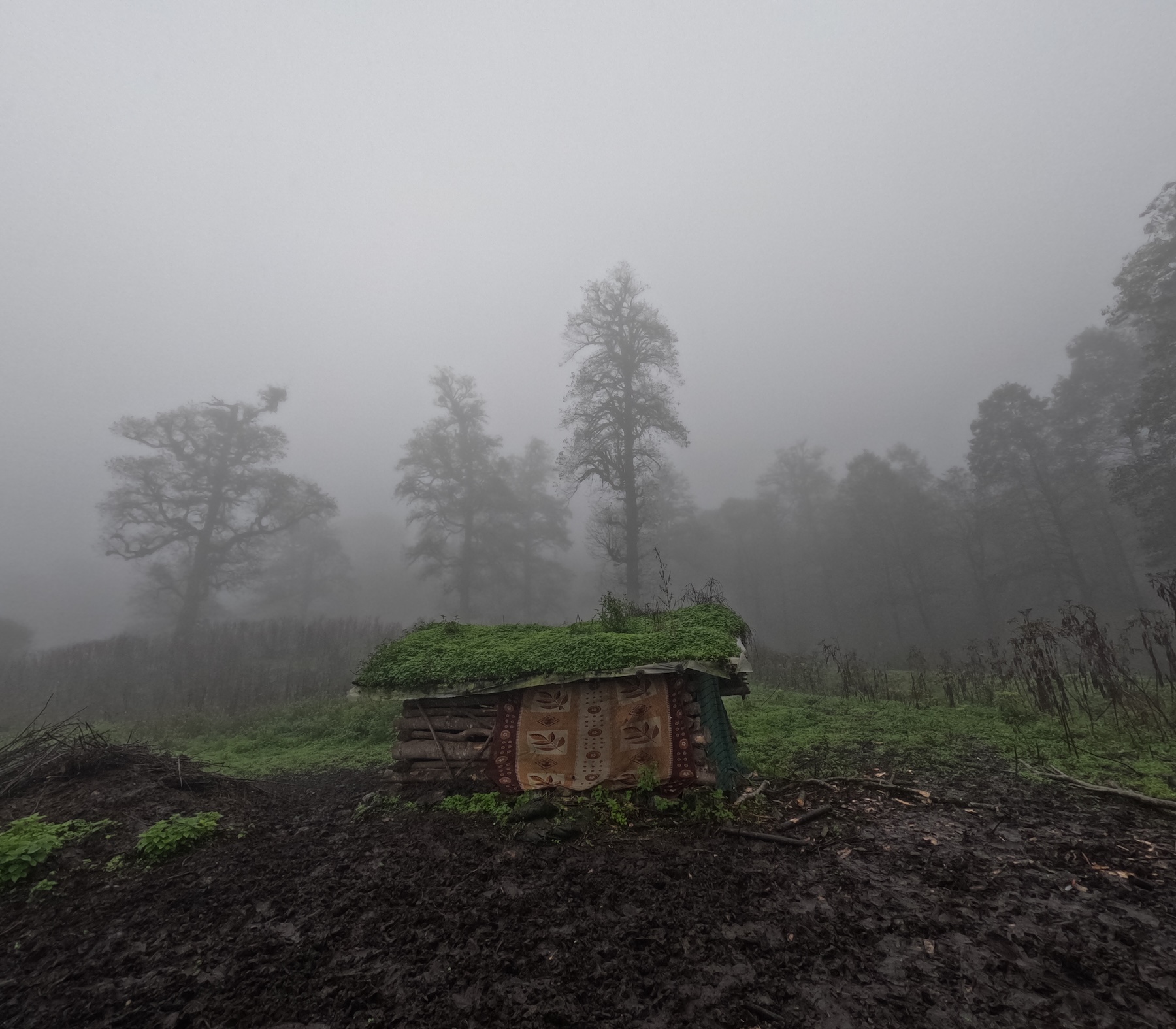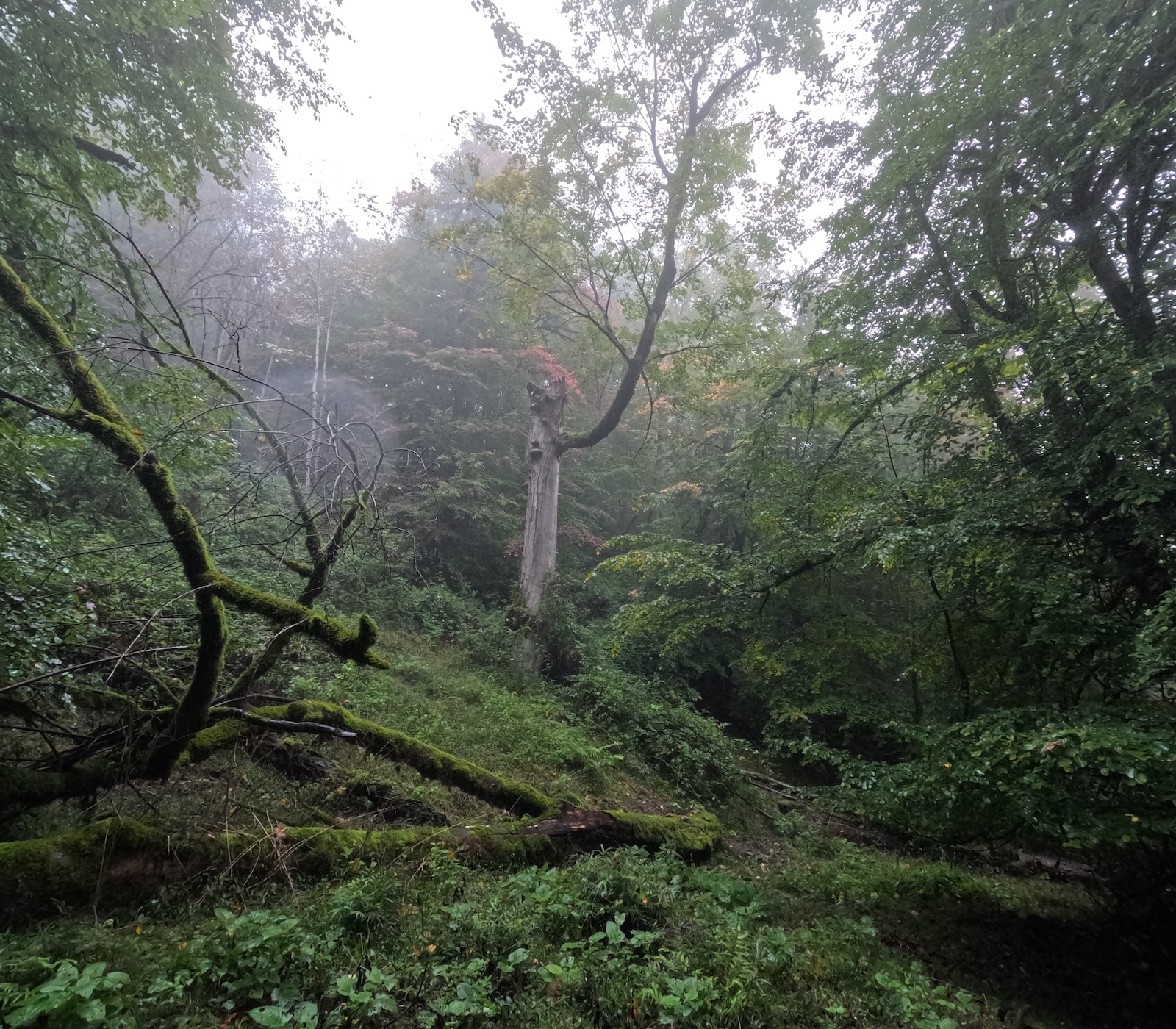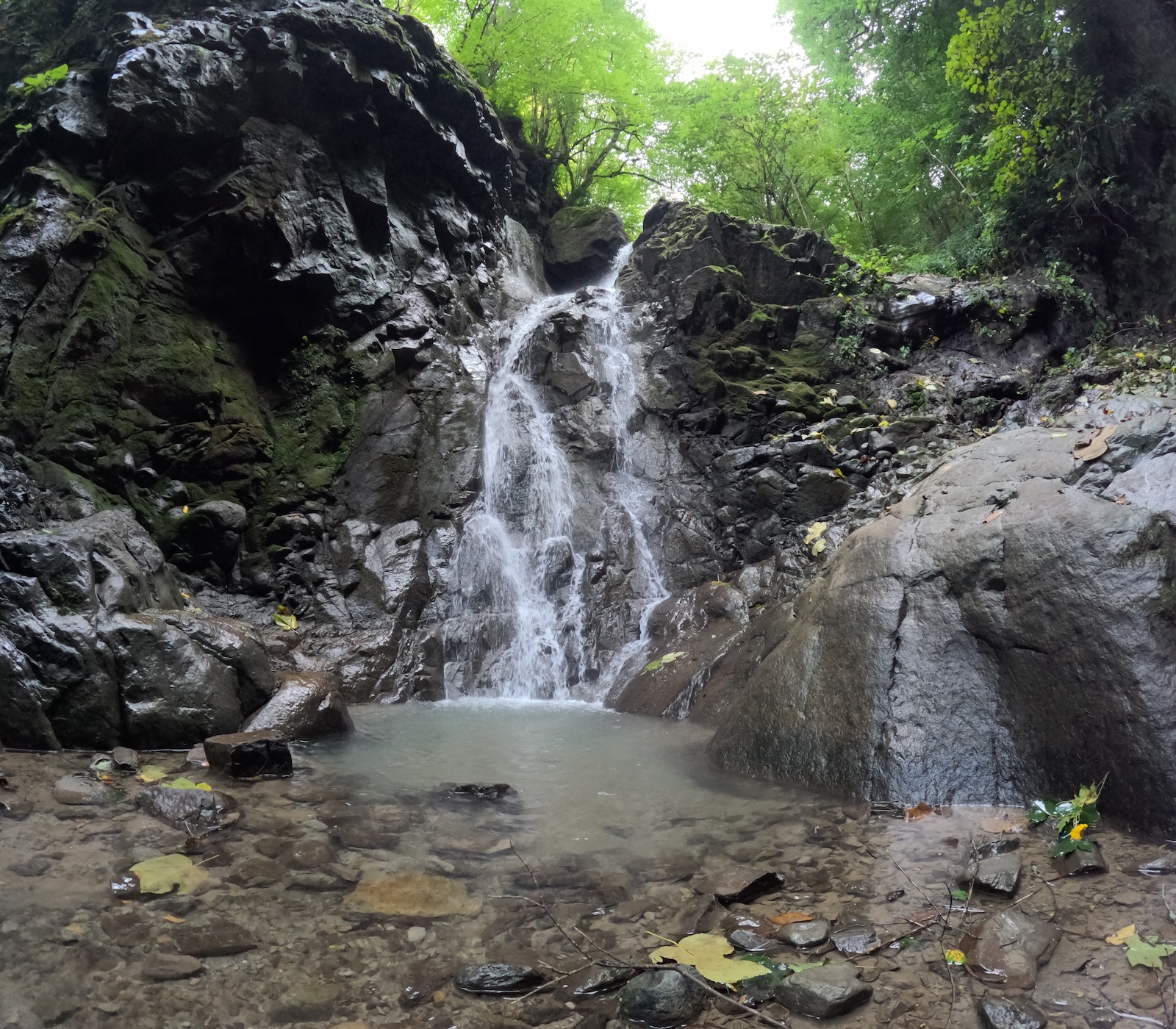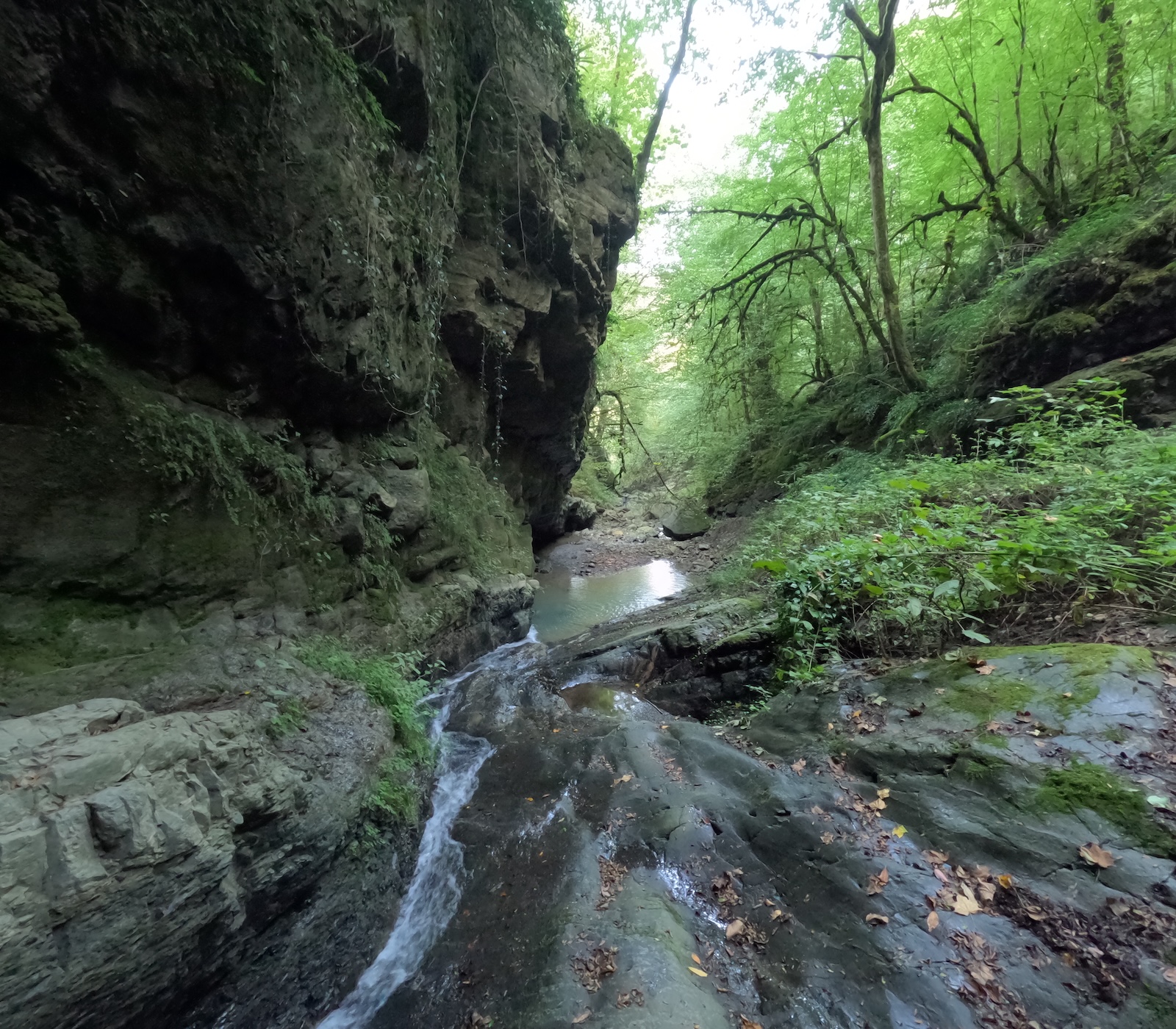The Untouched Nature of Ramsar: Part One
Explore Ramsar’s stunning natural attractions, eco-tourism, and the importance of preserving its pristine forests and unique beauty.

Ramsar, known as the "Bride of Iranian Cities," is a dream destination for nature lovers. From lush forests and towering mountains to the tranquil beaches of the Caspian Sea, Ramsar offers an unmatched blend of natural beauty. In this article, we’re embarking on a journey deep into the heart of this region’s nature, getting to know the UNESCO-listed Hyrcanian forests, and discussing not only how to admire these beauties but also why and how we must protect them.
Nature's Paradise in Northern Iran
Ramsar is located in the Mazandaran Province, at the northernmost point of Iran. This city lies precisely where the Alborz mountains meet the Caspian Sea. This unique geographical location has given Ramsar an extraordinary ecological diversity: dense forests, lush mountains, and stunning beaches.
With its mild and humid climate, coupled with occasional rainfall, Ramsar’s nature stays vibrant and alive. Here, you can experience the sound of waterfalls, the songs of birds, and the refreshing breeze all at once.

The Hyrcanian forests are among the most important natural treasures of Ramsar and northern Iran. These forests, dating back over 40 million years, are a UNESCO World Heritage site. Ramsar is recognized as one of the gateways to these ancient forests.
The forests are home to towering trees such as beech, oak, and ash, and are inhabited by wildlife species like brown bears, Persian leopards, and rare birds. The Hyrcanian forests are not only a natural shield for Ramsar but also for the entire region, playing a crucial role in mitigating climate change and producing oxygen.

Ramsar is not just about forests or mountains; it’s a collection of diverse ecosystems, each with its own unique appeal:
Forests: The dense Hyrcanian forests, with their rich vegetation, are home to hundreds of plant and animal species.
Mountains: The Alborz mountain range in Ramsar is filled with valleys and peaks that offer breathtaking views.
Beaches: The Caspian Sea beaches near Ramsar provide serenity and beauty that make this region truly special.
This biodiversity has made Ramsar an ideal destination for nature tourism. However, this diversity also needs care and preservation so that it can be enjoyed by future generations.
Eco-Tourism in Ramsar: A Unique Experience
If you’re a nature lover, Ramsar is your paradise! Here, you can experience various activities such as:
Mountain Climbing: The peaks of the Alborz mountains are waiting for you to conquer them, offering unparalleled panoramic views.
Valley Hiking: Ramsar’s deep, water-rich valleys combine excitement and beauty.
Forest Walks: Strolling through the Hyrcanian forests, with the sounds of rustling leaves and birds, offers an infinite sense of peace.
Nature tourism in Ramsar is slowly improving, with well-marked trails and local guides. However, a major challenge is the growing number of tourists, which sometimes leads to pollution and damage to nature. Therefore, it’s essential to enjoy nature responsibly, with careful planning and adherence to the rules.

Nature in Ramsar is not just for enjoyment—it’s a legacy we must pass on to future generations. Littering, damaging plants, and straying from designated paths are harmful to this beautiful environment.
Simple Tips for Tourists:
Collect your trash and take it with you.
Stick to the marked trails.
Don’t harm plants or animals.
The local community can also help preserve nature through education and supervision. The government should enforce strict regulations to prevent environmental destruction. We all share in this responsibility!
Ramsar, with its pristine nature and Hyrcanian forests, is one of the most valuable regions in Iran. These beauties are not just for admiring—they must be preserved for future generations. By visiting responsibly and following eco-tourism principles, we can enjoy this paradise while respecting it. In upcoming sections, we will explore more of Ramsar’s attractions. Stay tuned!
